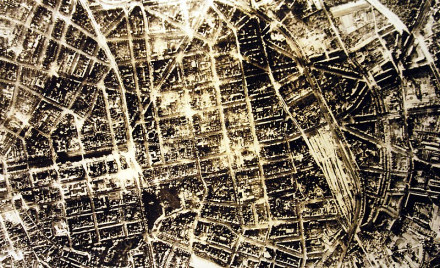History

Description
Type: Stirling III, Bomber
Built: Short Brothers, GB
Owner: RAF
Unit: 149 Squadron
Length: 26,51 m
Hight: 6,91 m
Width: 30,11 m
Motoren: 4 Bristol Hercules XVI, 1650 pk
Speed: 430 km/u
Armament: 8 x 7,7 mm Browning mitrailleurs
Complement:
pilot: Sgt. Jack Henry Uden
boordwerktuigkundige: Sgt. Leslie George Hadden
navigator F/O.: Walter Edwin Lawrence Morse
Bombardier F/O. Howard Stephen Winchester
radiotelegrafist: Sgt. Frederick Arthur Williams,
rugkoepelschutter: Sgt. Horace Stephen Scott
Reargunner: Sgt. Charles John Percival.

The Short Stirling
The Short Stirling was a British four-engined heavy bomber of the Second World War. It has the distinction of being the first four-engined bomber to be introduced into service with the Royal Air Force (RAF). The Stirling was designed during the late 1930s by Short Brothers. In early 1941 the Stirling entered squadron service.
During its later service, the Stirling was used for mining German ports; new and converted aircraft also flew as glider tugs and supply aircraft during the Allied invasion of Europe during 1944–1945. In the aftermath of the Second World War, the type was rapidly withdrawn from RAF service, having been replaced in the transport role by the Avro York, a derivative of the Lancaster that had previously displaced it from the bomber role. A handful of ex-military Stirlings were rebuilt for the civil market.
References
- bk710.
- Wikipedia.
Short Stirling. - Flevoland Erfgoed.
Short Stirling lll BK710.